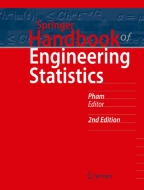
Accelerated life test (ALT) is a widely used method during product design with the aim to obtain reliability information on components and subsystems in a timely manner. Different types of ALTs provide different information about product and its failure mechanisms. To ensure that the ALTs can assess the product reliability accurately, quickly, and economically, designing efficient test plans is critically important. This chapter provides a limited discussion and description of the models and methods popularly used in ALT. The introduction describes the background and motivations for using accelerated testing and classifies the reliability tests. Section 51.2 provides the basic concepts and factors, which should be taken into account in planning and conducting ALTs. Sections 51.3 and 51.4 provide brief descriptions of specific applications of statistical models including the life distribution and the life-stress relationship. Section 51.5 illustrates an approach for analyzing ALT data. The graphical and numerical methods are discussed for fitting an ALT model to data and for assessing its fit. Section 51.6 describes the research development of the methods for planning optimal ALT with location-scale distribution. Section 51.7 reviews some of the potential pitfalls of the ALT and gives some suggestions.
This is a preview of subscription content, log in via an institution to check access.
eBook EUR 298.53 Price includes VAT (France)
Hardcover Book EUR 379.79 Price includes VAT (France)
Tax calculation will be finalised at checkout
Purchases are for personal use only